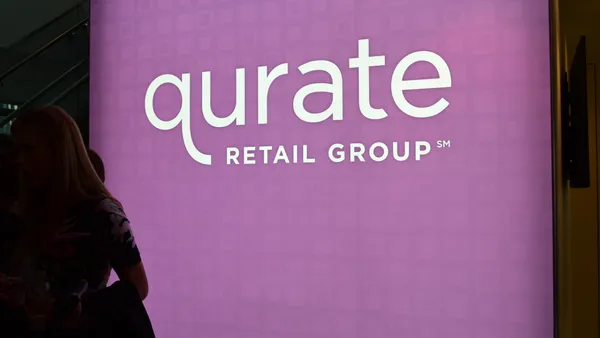Dive Brief:
-
Retail revenues derived from Google Product Listing Ads (PLAs) grew by 52% year over year in the first quarter of 2016, according to e-commerce marketing technology company Sidecar. Not surprisingly, mobile was the big driver, with sales from mobile PLAs increasing 164% during the period.
-
Google Shopping clicks and orders were each up by 171% in Q1, and return on advertising spending was up by 23%, Sidecar reports. At a sitewide level, retailer revenue from mobile devices grew by 45% year over year.
-
Google Shopping click growth reached 98% year over year, well past holiday 2015 click growth of 65%, and mobile impressions increased 130% year over year.
Dive Insight:
For retailers, the most common way to stake a claim in Google’s search results is through Google Shopping’s Product Listing Ads, launched in 2012. Google Shopping has taken off since then. Amazon, no doubt in retaliation, no longer has any Google-powered search results on its marketplace, replacing them with its own search capabilities.
Despite Google Shopping's continued growth, Google has reason to worry about its arms race with Amazon, whose product search reach is now bigger than many realize. More shoppers (44%) search for products on Amazon than on search engines (34%) or rival retailers’ sites (21%), according to research from big-data marketing company BloomReach. That’s a dramatic jump from three years ago, when Forrester Research pegged Amazon’s search share at 30%.
“It’s easy to paint the doomsday scenario for Google,” Scot Wingo, executive chairman of e-commerce firm ChannelAdvisor, told Re/code in December. “But the interesting part of [Google's PLA growth] is it shows Google still has a dog in the fight. It’s not game over.”
The first quarter of 2016 proves that Google Shopping remains a “key customer acquisition channel,” according to Sidecar CEO Andre Golsorkhi.
“Google Shopping has paved the way for product advertising as a whole—particularly on mobile devices," Golsorkhi said in a statement. "It catapulted to the top priority of more online retailers in the U.S. It is a must-have channel—and, more important, a must-do-well channel.”
The Google shopping channel also enjoys an advantage for shoppers that Amazon search doesn’t: The opportunity to compare prices. Amazon taught American consumers to shop on price, and brick-and-mortar retailers have largely responded to the competition with improved price-matching policies. While Amazon is attempting to pivot from price to convenience with its push to offer Prime members free and fast delivery, consumers may not be so willing to turn away from discounts.














